QOTD: Lincoln Continental Vs. Cadillac CT6 - Pick Your Poison

Today’s Question of the Day isn’t our typical lighthearted, open-ended Choose Your Own Adventure inquiry. It’s serious business, pitting two serious flagship sedans against one another.
At the end of this post, you’ll have to choose: Lincoln Continental, or Cadillac CT6?
Though several large sedans remain on offer from luxury brands today, the vast majority no longer wear American badges on the grille. By virtue of being new models, and at the top of the price lists for their respective brands, the Lincoln Continental and Cadillac CT6 must duel for the patriotic American customer. Said customer does not want a Lexus badge, and is unwilling to shop at German lots. Key to this customer, both sedans are made in the United States, in different zip codes of a state called Michigan.
First, a few rules for good measure:
- The trims will be specified below, so our competitors match (relatively) on a dollar and trim basis.
- You must choose either the Continental or the CT6 as your new ride of choice, and preferably inform us as to why.
- Suggestions of any other vehicles as “substitutions” are invalid, and will likely face ridicule.
Your competitors are outlined below.
Competitor One: Lincoln Continental
Ranging from $44,720 to over $68,000, the Continental is available in a front-wheel or all-wheel-drive configuration.
Selection:
- $59,340 Continental Reserve
- 3.0-liter twin-turbo V6
- All-wheel drive
- 4,523 pounds
- 400 hp @ 5,750 rpm
- 16 mpg city / 24 mpg highway
Competitor Two: Cadillac CT6
The CT6 range is at a price disadvantage against the Continental, as it starts at $53,795, and ranges to over $87,000 in top trim. Opposite of the Continental, the CT6 comes in rear-wheel or all-wheel-drive.
Selection:
- $64,695 CT6 Luxury
- 3.0-liter twin-turbo V6
- All-wheel drive
- 4,085 pounds
- 404 hp @ 5,700 rpm
- 18 mpg city / 26 mpg highway
There they are — two big American cruisers. One is costly, lighter, longer, and more efficient. The other less expensive, heavier, wider, and wearing arguably better styling. Transverse front-wheel drive versus a longitudinal rear-wheel setup. Both vehicles loaded up with all the latest infotainment technology their makers can muster, with similar engines and power ratings.
Which one is taking up residence in your perfectly organized garage?
[Images: Ford Motor Company, General Motors]

Interested in lots of cars and their various historical contexts. Started writing articles for TTAC in late 2016, when my first posts were QOTDs. From there I started a few new series like Rare Rides, Buy/Drive/Burn, Abandoned History, and most recently Rare Rides Icons. Operating from a home base in Cincinnati, Ohio, a relative auto journalist dead zone. Many of my articles are prompted by something I'll see on social media that sparks my interest and causes me to research. Finding articles and information from the early days of the internet and beyond that covers the little details lost to time: trim packages, color and wheel choices, interior fabrics. Beyond those, I'm fascinated by automotive industry experiments, both failures and successes. Lately I've taken an interest in AI, and generating "what if" type images for car models long dead. Reincarnating a modern Toyota Paseo, Lincoln Mark IX, or Isuzu Trooper through a text prompt is fun. Fun to post them on Twitter too, and watch people overreact. To that end, the social media I use most is Twitter, @CoreyLewis86. I also contribute pieces for Forbes Wheels and Forbes Home.
More by Corey Lewis
Latest Car Reviews
Read moreLatest Product Reviews
Read moreRecent Comments
- David Murilee Martin, These Toyota Vans were absolute garbage. As the labor even basic service cost 400% as much as servicing a VW Vanagon or American minivan. A skilled Toyota tech would take about 2.5 hours just to change the air cleaner. Also they also broke often, as they overheated and warped the engine and boiled the automatic transmission...
- Marcr My wife and I mostly work from home (or use public transit), the kid is grown, and we no longer do road trips of more than 150 miles or so. Our one car mostly gets used for local errands and the occasional airport pickup. The first non-Tesla, non-Mini, non-Fiat, non-Kia/Hyundai, non-GM (I do have my biases) small fun-to-drive hatchback EV with 200+ mile range, instrument display behind the wheel where it belongs and actual knobs for oft-used functions for under $35K will get our money. What we really want is a proper 21st century equivalent of the original Honda Civic. The Volvo EX30 is close and may end up being the compromise choice.
- Mebgardner I test drove a 2023 2.5 Rav4 last year. I passed on it because it was a very noisy interior, and handled poorly on uneven pavement (filled potholes), which Tucson has many. Very little acoustic padding mean you talk loudly above 55 mph. The forums were also talking about how the roof leaks from not properly sealed roof rack holes, and door windows leaking into the lower door interior. I did not stick around to find out if all that was true. No talk about engine troubles though, this is new info to me.
- Dave Holzman '08 Civic (stick) that I bought used 1/31/12 with 35k on the clock. Now at 159k.It runs as nicely as it did when I bought it. I love the feel of the car. The most expensive replacement was the AC compressor, I think, but something to do with the AC that went at 80k and cost $1300 to replace. It's had more stuff replaced than I expected, but not enough to make me want to ditch a car that I truly enjoy driving.
- ToolGuy Let's review: I am a poor unsuccessful loser. Any car company which introduced an EV which I could afford would earn my contempt. Of course I would buy it, but I wouldn't respect them. 😉

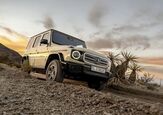
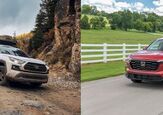

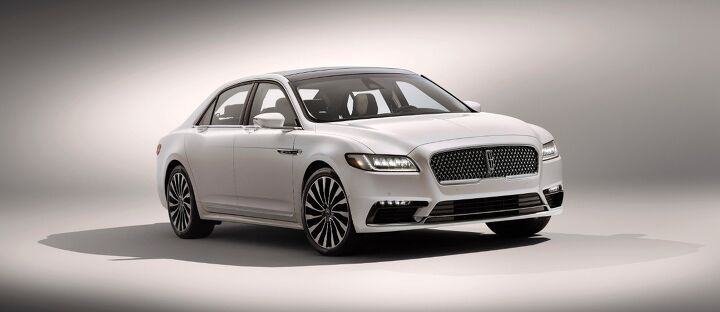













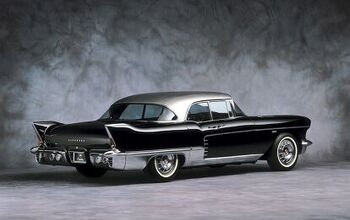
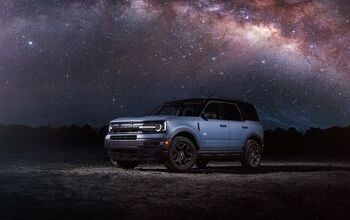
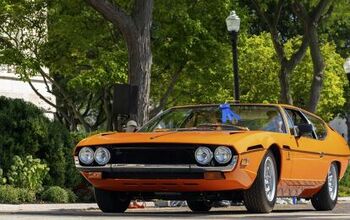
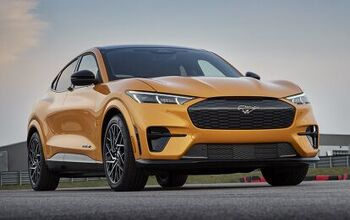
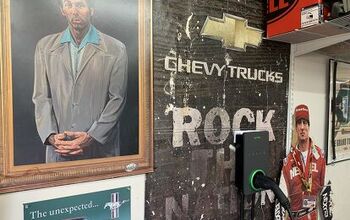




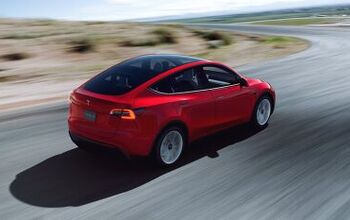
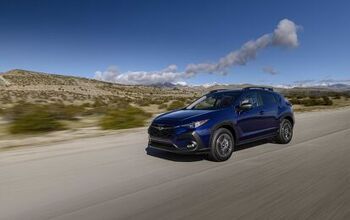
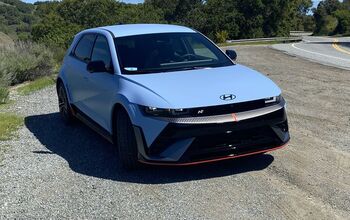
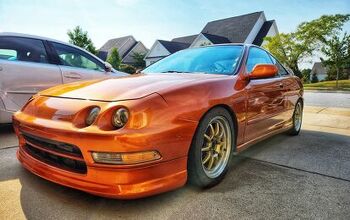
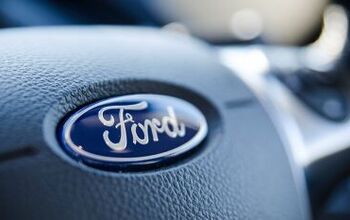
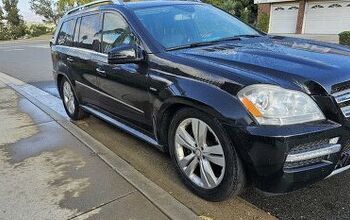

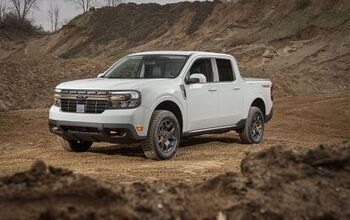
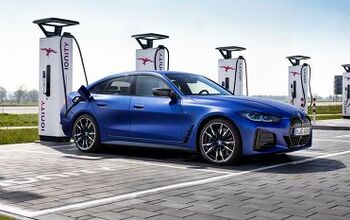
Comments
Join the conversation
Hard choice. I prefer the CT6's styling, but after sitting in two of them - one at an auto show and the other via an Uber ride, I was not impressed with the quality of the interior materials. The Continental only gets interesting after you stuff it with options (Black Label Thoroughbred), but it has frumpish FWD proportions...why couldn't they have mounted the engine longitudally and give that longer hood. In photographs it looks like a blinged out Camry. But the CT6 is lighter, better handling I gather, and better economy, and the Panaray sound system is killer. So I'll say CT6, though tonight I might change my mind.
longitudinally...damn spell check.